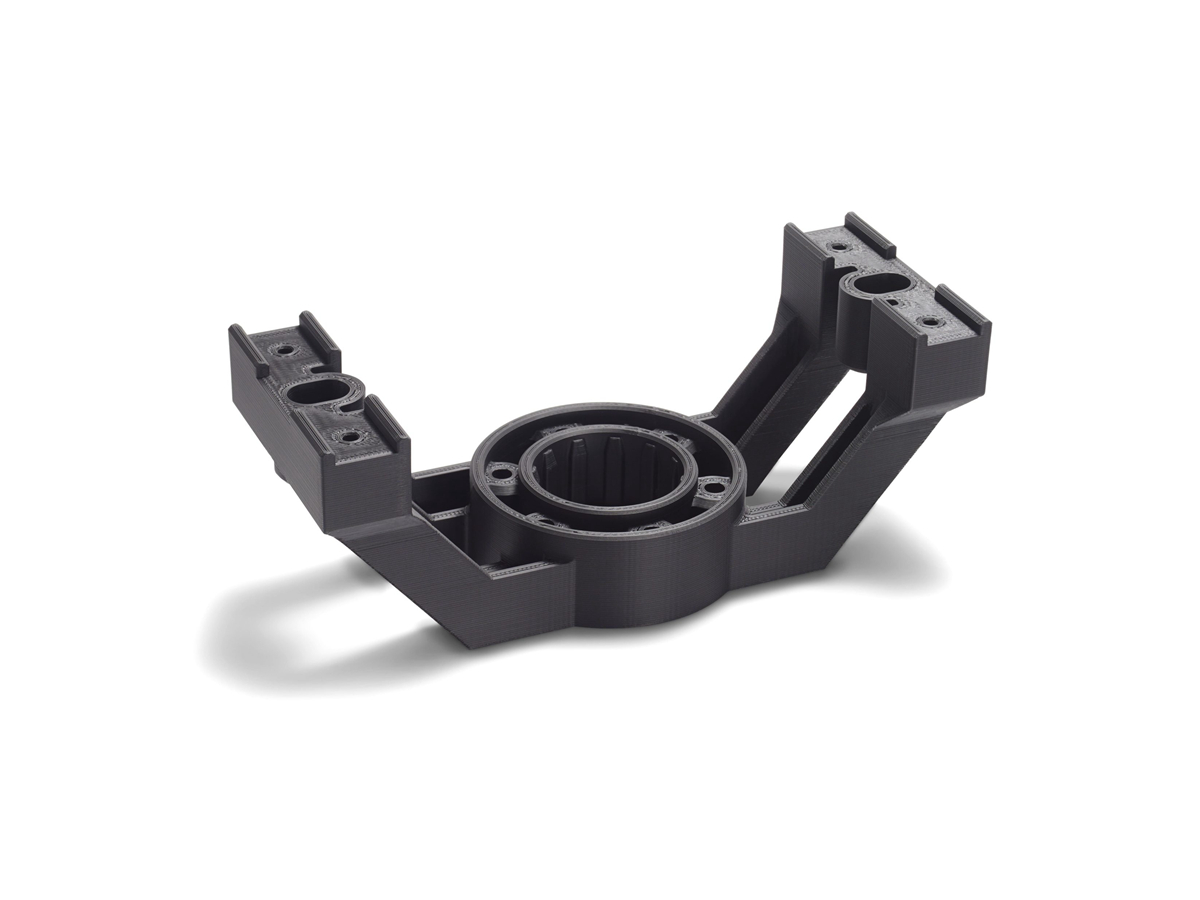Advanced Robotics Components Achieve Superior Precision With Resin 3D Printing
Introduction
Resin 3D printing advances robotics development by delivering high-precision components with fine detailing, lightweight construction, and superior surface finishes. Using advanced resin 3D printing technologies like Stereolithography (SLA) and Digital Light Processing (DLP), premium resin materials such as Tough Resin, Durable Resin, and High-Temperature Resin provide mechanical strength, accuracy, and temperature resistance critical for modern robotics.
Compared to conventional machining and molding, resin 3D printing for robotics components enables faster iteration, intricate part geometries, and rapid integration into precision robotic systems.
Applicable Material Matrix
Material | Tensile Strength (MPa) | Heat Deflection Temp (°C) | Surface Quality | Toughness | Robotics Application Suitability |
|---|---|---|---|---|---|
55–65 | ~55 | Very Good | High | Structural robotic housings | |
45–55 | ~45 | Good | Very High | Flexible joints and linkages | |
80–100 | ~200 | Very Good | Moderate | Heat-resistant robotic components | |
50–70 | ~50 | Excellent | Moderate | Fine-detail robotic prototypes |
Material Selection Guide
Tough Resin: Excellent for mechanically robust robotic parts such as arms, mounts, and load-bearing brackets that require durability and precision.
Durable Resin: Ideal for parts that require flexibility and repeated stress tolerance, such as soft grippers, compliant mechanisms, and flexible connectors.
High-Temperature Resin: Suitable for robotics operating in high-thermal environments, including motor housings, sensor protectors, and heat-sensitive components.
Standard Resin: Used for high-resolution prototyping of robotic parts, gears, and casings, where detail and visual verification are critical.
Process Performance Matrix
Attribute | Resin 3D Printing Performance |
|---|---|
Dimensional Accuracy | ±0.03–0.05 mm |
Surface Roughness (As-Printed) | Ra 2–6 μm |
Layer Thickness | 25–100 μm |
Minimum Wall Thickness | 0.5–1.0 mm |
Feature Size Resolution | 100–300 μm |
Process Selection Guide
Superior Dimensional Accuracy: SLA and DLP processes achieve micron-level tolerances essential for precision robotic motion and fitment.
Complex Internal Features: Enables direct printing of intricate designs, including internal channels, lightweight lattice structures, and integrated mounts.
Lightweight Optimization: Thin-walled, weight-reduced designs can be realized to minimize payload in robotic arms and mobile robots.
Rapid Development Cycles: Multiple iterations of robotic components can be produced quickly to support agile development and testing processes.
Case In-Depth Analysis: Tough Resin 3D Printed Lightweight Arm Components for Collaborative Robots
A robotics company developing a collaborative robot (cobot) needed lightweight, impact-resistant arm segments for prototyping. Using our resin 3D printing service with Tough Resin, we produced precision arm sections with tensile strength above 60 MPa and dimensional accuracy within ±0.05 mm. Integrated internal lattice structures reduced part weight by 20% without sacrificing mechanical strength. Post-processing included surface smoothing and painting to achieve an industrial-grade finish suitable for real-world testing.
Industry Applications
Robotics and Automation
Structural and load-bearing robotic parts.
Lightweight end-effectors, joints, and frames.
Complex internal cooling channels or pneumatic circuits.
Industrial Robotics
Custom robot grippers and fixtures.
Heat-resistant housings for actuators and drives.
Aerospace Robotics
Lightweight UAV structural components.
Autonomous inspection robot frames and modules.
Mainstream 3D Printing Technology Types for Robotics Components
Stereolithography (SLA): Best for ultra-smooth, high-detail structural parts.
Digital Light Processing (DLP): Ideal for small, precise components requiring speed and fine resolution.
FAQs
What resin materials are best suited for 3D printed robotics components?
How does resin 3D printing improve precision and performance in robotics?
Can resin 3D printed parts withstand mechanical stresses in robotics applications?
What post-processing techniques enhance the performance of resin robotic parts?
How does resin 3D printing speed up development cycles for advanced robotics projects?

